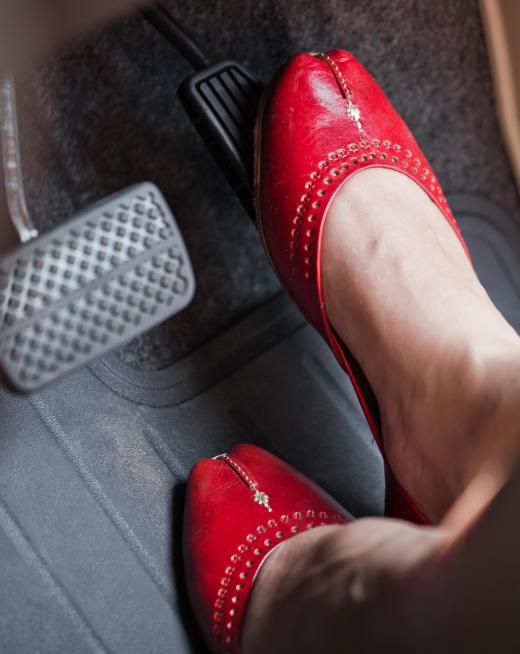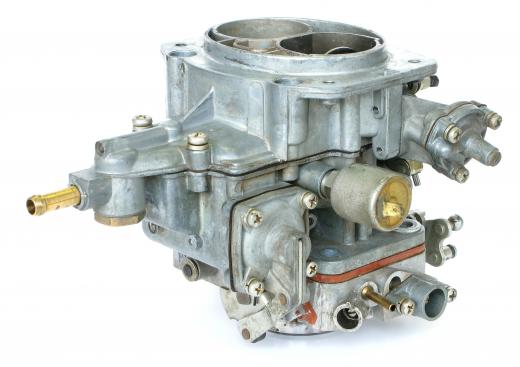A butterfly valve is from a family of valves called quarter turn valves. The "butterfly" is a metal disc mounted on a rod. When the valve is closed, the disc is turned so that it completely blocks off the passageway. When the valve is open, the disc is rotated a quarter turn so that it allows unrestricted passage. The position of the disc is effected from outside the valve.
There are different kinds of butterfly valves, each adapted for different pressures and different usage. The resilient version, which uses the flexibility of rubber, has the lowest pressure rating. The high performance version, used in slightly higher-pressure systems, features a slight offset in the way the disc is positioned, which increases the valve's sealing ability and decreases its tendency to wear. The valve best suited for high-pressure systems is the tricentric butterfly valve, which makes use of a metal seat, and is therefore able to withstand a greater amount of pressure.

Butterfly valves are utilized in many aspects of our lives. One of the most common examples is in the carburetor of a car. In a carbureted car, the "gas" pedal actually operates a valve of this type that controls the engine's air intake. When the driver depresses the gas pedal all the way to the floor, the valve opens all the way, as described above, to allow air to pass freely into the carburetor. The carburetor then allows the air, and enough gas to maintain the proper air-fuel ratio, to pass through the intake valves into the combustion chambers, where it is ignited by the engine.

A butterfly valve can also be partially opened. When a car is at idle, the valve is open only slightly, allowing just enough air to pass through to maintain the idle speed. When the gas pedal is pressed a little, the valve opens a little farther, and so on.
